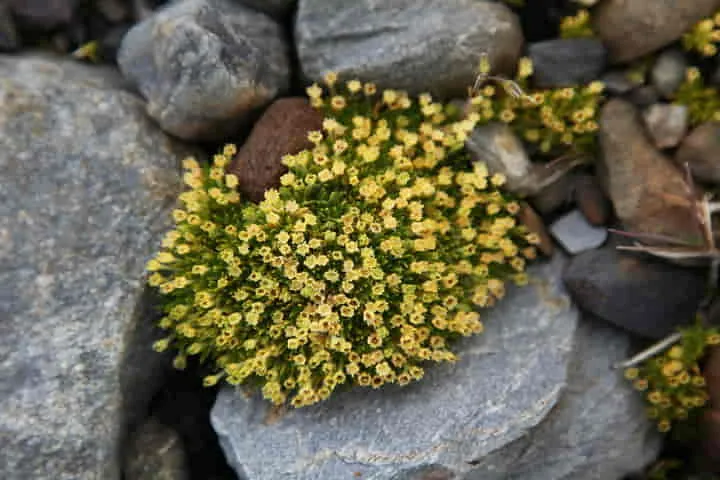Antarctica was a place that was thought to be far removed from the effects of warming of the earth is now showing signs to the contrary. An article in smithsonianmag.com mentions that with the temperatures rising in the region, two native plant species are proliferating.
The green cover on the continent from 2009 to 2019 has accelerated more than what it had in the last 50 years. This is complimented with the rise in air temperatures rising and decrease in seal population.
Published recently in peer-reviewed scientific review Current Biology, the study highlights how warming of climate is increasingly impacting polar ecosystems.
Talking to Gizmodo, the study’s lead author and an ecologist at the University of Insubria, Nicoletta Cannone, remarked: "Antarctica is acting as a canary in a coal mine.”
The continent has two native flowering plant species. These are Antarctic hair grass (Deschampsia Antarctica), and Antarctic pearlwort (Colobanthus quitensis) and these are capable of holding up against the chilly temperature of the snow-covered region and also carry photosynthesis when the thermometer shows below zero reading.
Focussing their attention on the above two plants in Signy Island, scientists compared them to detailed records of their growth from the 1960s onwards. It was found that the plants had flourished in a warmer climate.
While the small plant with yellow blossoms, Antarctic pearlwort, registered a growth of five times from 2009 and 2018 as compared to their rate of growth between 1960 and 2009, the hair grass registered a 10 times growth in the past decade than the other years.
Also read: Climate change enables Gentoo Penguins to expand their habitat in the Antarctica
Belying earlier held assumptions of the southernmost continent being safe from global warming, the region in the three decades gone by, warmed up three times faster than the rest of the world. As per Gizmodo, it also witnessed ice loss at a record scale – it increased by 36 billion gallons per year between 2008 and 2015.
The research team suggests that the warming of summer air is the principal reason for the spurt in the growth of the two plants. Signy Island saw temperatures increase between .36 Fahrenheit to .49 Fahrenheit each year. In 2012 there was the sole exception of a cold spell. The mean annual average air temperature on the island between 1960 and 2018, shot up by 1.8 degrees Fahrenheit.
Besides this, the reduction in fur seal numbers also played a part as fewer of these creatures means that fewer of the plants are trampled over.
Increasing green cover can spell trouble in the fragile ecosystem of the continent as native plant species increase could modify its soil’s chemical makeup. This could lead to change in how organic matter decomposes and degrades the permafrost. Increase in temperatures could also invite competition to native plants from invasive species.
Also read: The Majestic Emperor Penguins could face extinction due to climate change
Highlighting this, Kevin Newsham told the Guardian: "The study shows that further increases in populations of these plant species can be expected as Antarctica warms in future decades, leading to a greening of the region, but that there may also be increased risks to ecosystems associated with the establishment of alien plant species.”
A terrestrial ecologist, Newsham, was not part of the study.



















